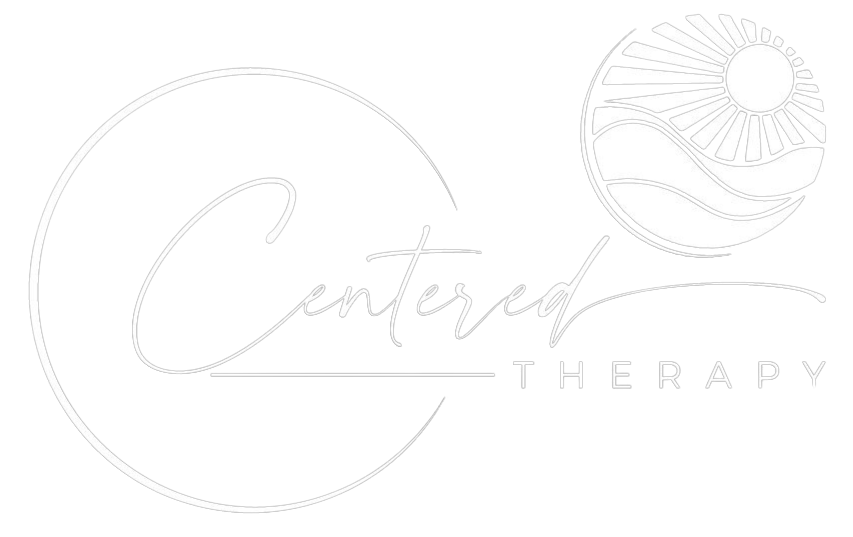The LGBTQIA+ Community and Mental Health
People in the LGBTQIA+ community can face unique mental health challenges. In keeping with our mission to expand mental health care access to everyone, CTC does not discriminate against members of the LGBTQIA+ community or their families.
People in this community experience high rates of certain mental health conditions, including anxiety disorders, traumatic disorders, and depression. Discrimination in various settings is a major contributor to this problem. The antidote is for people in the LGBTQIA+ community to have safe, inclusive spaces and supportive people in their lives.
In addition to high rates of mental health disorders, some members of the LGBTQIA+ community live with mental health conditions that are specific to the community. CTC provides safe, effective, and inclusive care for people with these disorders.
What is Gender Dysphoria?
Gender dysphoria is a type of psychological stress that can arise when a person’s gender does not match the sex they were assigned at birth. People can begin to experience gender dysphoria in early childhood, though some people do not have this stress until after puberty.
While gender dysphoria affects transgender people, not all transgender people experience dysphoria. With the support and great mental health, people can feel confident in their identities.
It’s important to note that gender dysphoria is only a disorder because it causes psychological stress. Being transgender is not a disorder.
Treatment for Gender Dysphoria
Affirmation is the best treatment for gender dysphoria, and it can come in a variety of ways. The methods of affirmation that help one person may not help someone else. That’s why it’s important for patients to work with an experienced therapist who can help them create a comprehensive plan.
The many types of gender affirmation include:
- Changing your name and pronouns in social settings
- Having people use your name and pronouns
- Changing your gender and name on official government documents
- Medical affirmation through various hormones
- Surgical affirmation with procedures to change your body
All of these affirmations can be supported by therapy. A therapist can help you decide which affirmations make sense for you, diagnose any co-occurring mental health conditions, and cope with the pushback you may receive from unaccepting people.

